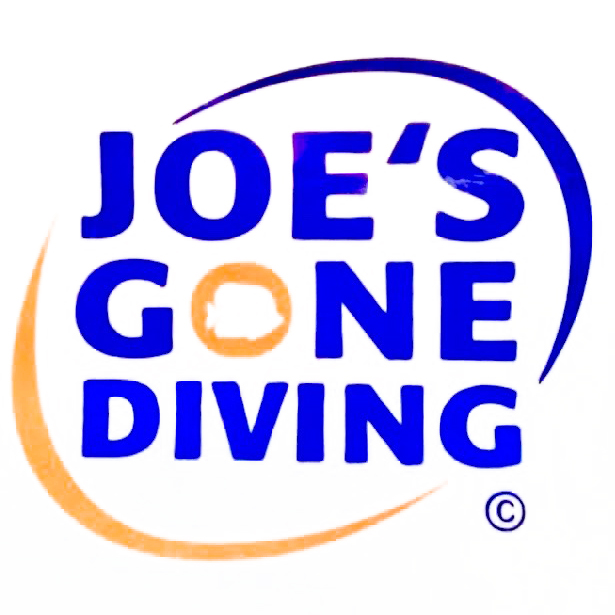22 May Peak Performance Buoyancy at Joe’s Gone Diving in Bali
Why peak performance buoyancy?
The most important thing of scuba diving is to have excellent buoyancy control. If you have good buoyancy, you can nearly do everything underwater (which is especially great for: underwater photography, underwater videography, drift dive, underwater navigation, etc…), and you can glide effortlessly, use less air and more easily observe aquatic life without disturbing their surrounding. Great skills to have on your scuba dives on Bali.
Taking the peak performance buoyancy specialty course will make such a difference to your buoyancy skills and and the same time will improve your breathing underwater too. Peak performance buoyancy for beginner divers is really important, so you can improve the skills already learned as a new diver and elevate them to the next level.
The goal of this course is:
- Determine the exact weight you need, so you are not too light or too heavy.
- Trim your weight system and scuba gear so you are perfectly balanced in water.
- Streamline gear to safe energy, use air more efficiently and move more smoothly through the water.
- Hover effortlessly in any position (vertical and horizontal) super easy to stay in 5 meters for the safety stop.
Proper weighting is a significant step in achieving neutral buoyancy
When a diver carries too much weight, they may be able to establish and maintain a neutral state, but they are doing so using a greater amount of air and use more energy. They will need to add air to have the BCD counter the extra weight and will have increased air consumption due to the added resistance of the inflated BCD.
A diver who is even slightly underweighted, will find themselves fighting to maintain a depth for a safety stop and from floating up when they do not want to. Divers who are appropriately weighted will find it easier to maintain neutral buoyancy and will use less air on a dive, because they do not have the issues divers have who take too many or not enough weights.
Having achieved a level of proper buoyancy control trim allows a diver to approach a reef without the risk of severely damaging it by contact. To make sure you are properly weighted, the instructor will teach you how to do a pre-dive weight check.
How to do a pre-dive weight check:
- Check your weight in the water with your buddy, and make further adjustments while helping each other if necessary.
- Check with all your equipment in place and breath from your regulator.
- You should float at eye level with an empty BCD while holding a normal breath. When you exhale, you should slowly sink.
- After adjusting so you float at eye level, add 2 kg if you are checking with a full tank. This is because the air in it has weight, so you will be come lighter as you use up your air.
Go to the next level and master peak performance buoyancy
The PADI Peak Performance Buoyancy course takes the skills that you already learned in your open water diver course and refines and enhances them so that you can become a better diver. You will learn about proper weight selection, tank positioning and weight distribution including trimming your gear so you can be perfectly balanced, as well as how to save air as you move smoothly and hover easily in a horizontal or vertical position.
If you are keen to take your diving course with Joe’s Gone Diving on Bali, just contact us. For more information, you can also check our web page on the PADI Peak Performance Buoyancy specialty.

Sorry, the comment form is closed at this time.